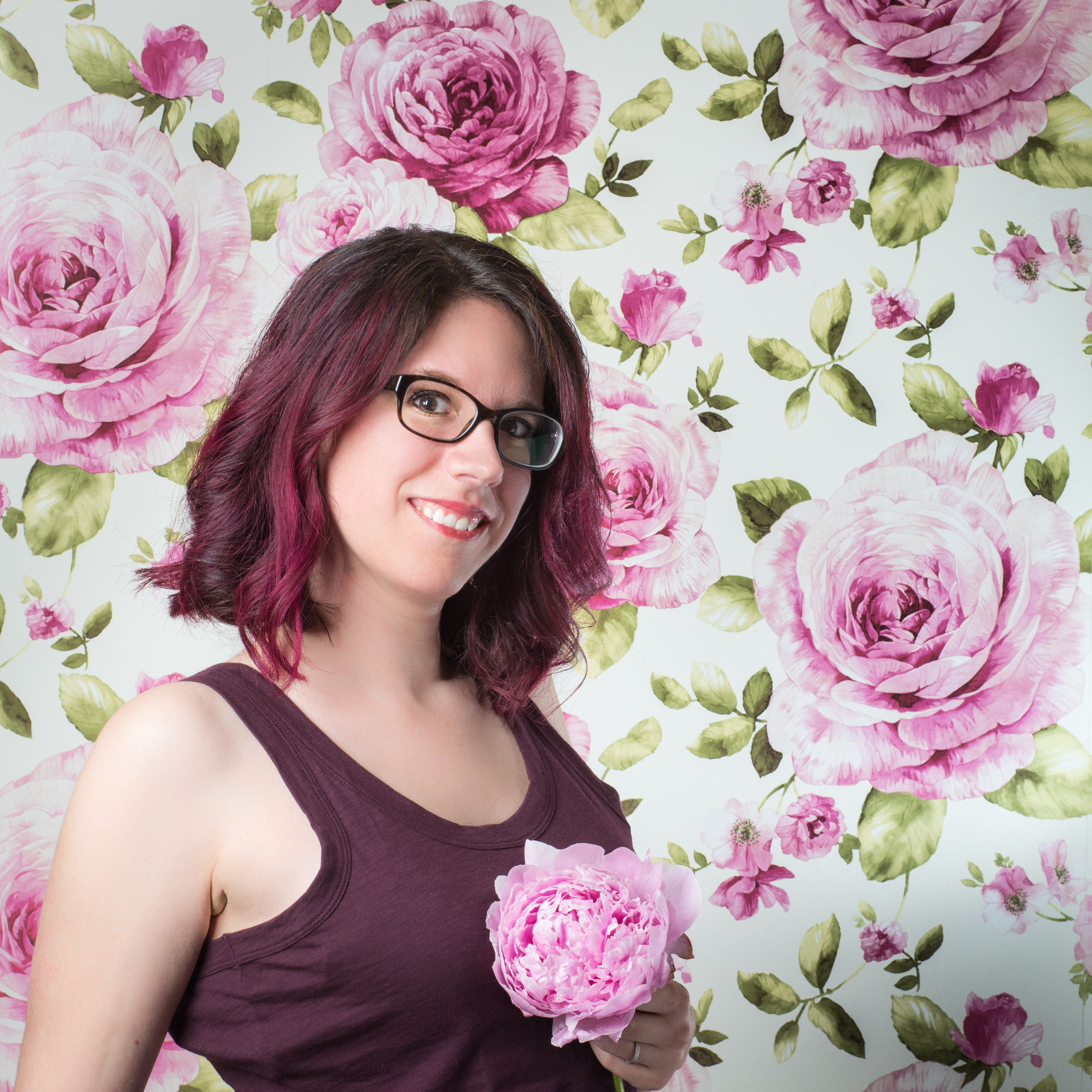How Did The Very First Camera Work
First Camera Invented

Although early variations of nighttime boxes with pinholes have been around for more than a thousand years, the get-go camera that could actually reproduce an paradigm with light was invented less than 200 years agone. Since that time, in that location have been many firsts, including the first camera to produce detailed images, the first to be used past consumers, and fifty-fifty the first to produce a digital file. It's fascinating to learn about the development of this amazing artistic tool.
How It Worked
To create the first photograph with his photographic camera, Niépce experimented with a variety of different plates, including paper, varnish-coated vellum, and metal. He coated the plates with a type of asphalt and watched how they were afflicted by the sunlight, calling his experiments "heliography" or sun writing. He tried many times to create an image in the photographic camera obscura, but he found that the epitome faded rapidly. Somewhen, he settled on a pewter plate, slid it into the dorsum of the camera obscura, and produced an prototype that nonetheless survives today.
The Effect
Although Niépce's photographic camera produced a permanent prototype, that image was very indistinct. The shot is a view from a window, only without the cognition of what he or she was looking at, the mod viewer would accept problem making sense of the scene. All the same, it was a very important development that made Niépce the inventor of the first camera to produce an actual photo.
Commencement Commercially Successful Photographic camera: Daguerre

Unfortunately, Niépce's photographic camera was not a commercial success. He refused to disembalm the process he was using to produce images, and the images lacked clarity and particular. He went into partnership with a man named Louis-Jacques-Mandé Daguerre in 1829, and the two men worked together to refine the process and make it commercially successful. Unfortunately, Niépce died in 1833 and did non get to see the huge commercial success Daguerre realized by modifying his original blueprint.
How It Worked
Using the same bones process of a box that let in calorie-free through a small hole, Daguerre created a camera that could produce incredibly detailed images on a polished canvas of silver-plated copper that has been sensitized using vaporized iodine. He placed the plate in the back of the camera so exposed it to light for a few minutes. Afterward, he developed the image using mercury fumes and "fixed" it or made it permanent with sodium thiosulphate.
The Event
Daguerre's camera and procedure were instantly commercially successful. Because they could produce an image and then rapidly and in such item, they were adopted around the world. Daguerre became wealthy and was earth famous even after his death in 1851. Many daguerreotypes still survive today in family archives, museums, and libraries.
First Consumer Camera: Eastman

Over the years, various other plate methods became popular for producing photos with cameras. There were tintypes and glass plates, and eventually, photographers began to print on paper. However, photography was still only for professionals or very defended amateur experimenters. It wasn't until 1889 when George Eastman invented the Kodak No. 1 camera that regular people could begin using a camera to capture their important moments.
How It Worked
The Kodak No. i was a large brown box with a winding key at the meridian of it and a lens in the front. Consumers purchased information technology for near $25 (more than than $620 in today'due south money) pre-loaded with 100 shots worth of film. The consumer would utilise it to accept 100 photos and then send it dorsum to Kodak to be developed and reloaded, a process that toll near $x. The resulting images were round.
The Result
A glance at any family photograph album can tell yous how this invention changed photography. Information technology took the camera out of the photo studio and into the habitation, resulting in images that captured real life. Equally years went by, the consumer camera continued to be redesigned and refined, simply it was the Kodak No. 1 that made coincidental photography possible.
Starting time Digital Photographic camera: Sasson

Camera applied science changed over the years as metal and glass plates gave fashion to film. All the same, in that location was always a direct relationship between the calorie-free and the physical object information technology acted on. Then, in 1975, an Eastman Kodak engineer named Steve Sasson invented the get-go digital photographic camera.
How It Worked
Sasson assembled his prototype digital camera from some Motorola parts, a couple of sensors, 16 nickel cadmium batteries, a digital tape recorder, and the lens of a Kodak movie camera. The eight-pound behemoth captured black and white images at 0.01 mega-pixels, each taking 23 seconds to create. To view them, Sasson and other Kodak engineers had to invent a special screen.
The Result
Although Kodak chose not to develop Sasson's prototype commercially , the digital photographic camera was the fashion of the future. According to the Camera and Imaging Products Association, 24,190 digital still cameras were shipped to consumers in 2016. This includes point and shoot cameras, as well equally DSLRs, only it doesn't include the many digital cell telephone cameras in utilize past consumers.
Many Incredible "Firsts"
From a simple box that created a blurry, faint image on a pewter plate to a digital camera the size of a toaster, there accept been many important "firsts" when it comes to camera invention. Each development inverse the world of photography forever, and it's interesting to keep them in listen when you take your next shot.
© 2022 LoveToKnow Media. All rights reserved.
Source: https://photography.lovetoknow.com/First_Camera_Invented
Posted by: dixongionit.blogspot.com


0 Response to "How Did The Very First Camera Work"
Post a Comment